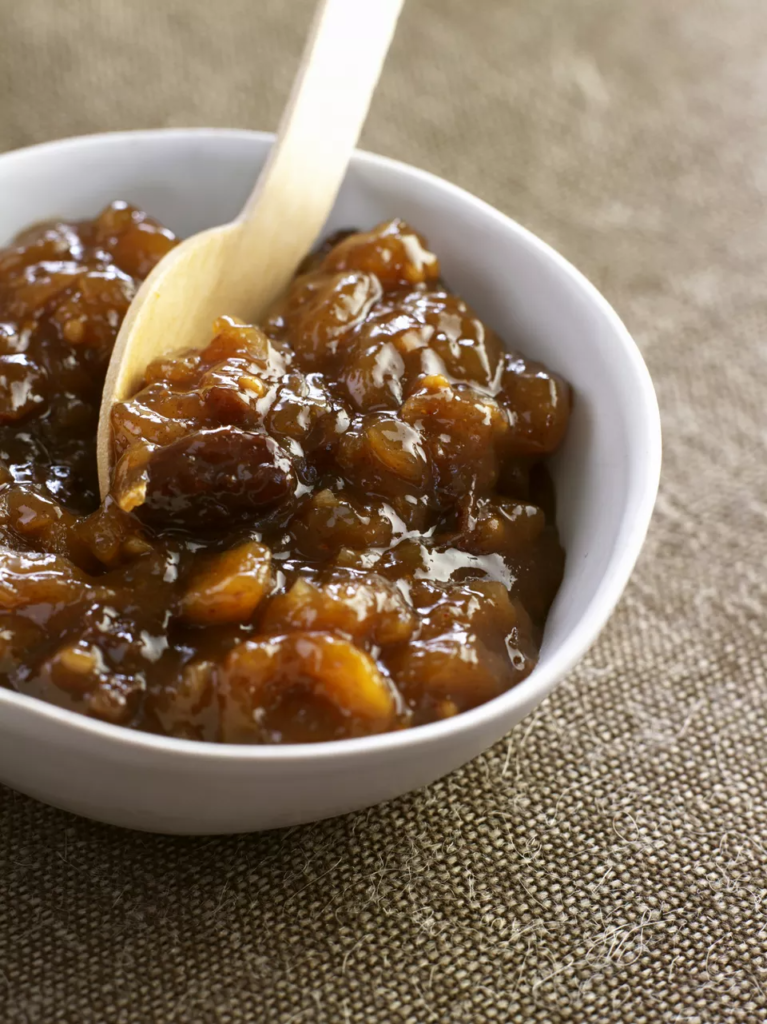Los Pickles
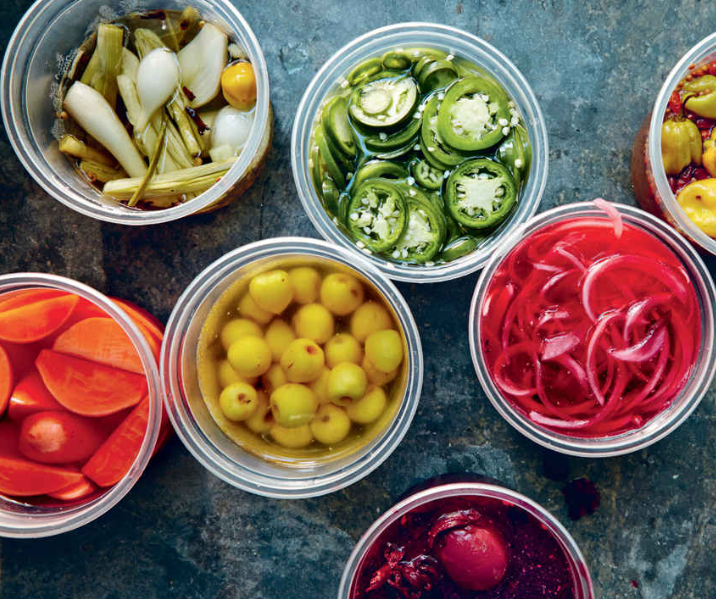
Pickled Radishes
2 bunches small radishes (about 24), trimmed and quartered (2 cups) ¥2 cup white vinegar
1/2 cup fresh lime juice (from 5 to 6 limes)
1 tablespoon kosher salt
Pickled Greens
1 bunch beet greens or mustard greens, thoroughly washed and stemmed
2 tablespoons sugar
1 tablespoon kosher salt
1 cup white vinegar
1/3 cup water
Put the greens in a medium bowl, sprinkle with the sugar and salt, toss, and let wilt for 30 minutes.
Drain the greens and transfer to a 1-pint canning jar. Combine the vinegar and water and pour over the greens, making sure they are completely submerged. Cover and refrigerate for at least 1 hour before using.
Pickled Nopales
2 nopales (cactus paddles)
1/2 habanero
2 tablespoons sugar
1/2 teaspoon kosher salt
1 cup white vinegar
Carefully remove the thorns from the nopales by skimming the surface with a chef s knife in the same direction as the thorns. Cut off the woody stems and discard. Cut the cactus into 1-inch cubes, put in a 1-pint canning jar, and add the remaining ingredients. Let sit for at least 4 hours before using. (Note: The pickles and brine will have a rather slimy texture—this is normal with nopales.)
Pickled Habaneros with Chile Pequm
2 cups habaneros, left whole
1 tablespoon pequm chiles
1 tablespoon coriander seeds, toasted in a small dry skillet until fragrant
1 cup white vinegar
1/2 cup sugar
1 tablespoon kosher salt
Let sit, refrigerated, for 2 days before serving.
Pickled White Onions
1 white onion, thinly sliced on a mandoline or with a sharp knife
1 cup white vinegar
1 tablespoon sugar
1 1/2 teaspoons kosher salt
Pickled Red Onions
1 red onion, thinly sliced on a mandoline or with a sharp knife
1 cup white vinegar
1/4 cup fresh lime juice (from 2 to 3 limes)
1/4 cup sugar
1 tablespoon kosher salt
Pickled Spring Onions
8 spring onions, trimmed and halved, bulbs separated and stalks trimmed to 3-incli lengths
3 habaneros (left whole)
1 cup white vinegar
1 tablespoon sugar
1 1/2 teaspoons kosher salt
Pickled Red Bell Peppers
1 large or 2 small red bell peppers, cored, seeded, and cut into long strips
1/2 cup water
1/2 cup white vinegar
2 tablespoons sugar
1/2 teaspoon kosher salt
Pickled Sandia
3 cups water
1 tablespoon plus 1 teaspoon kosher salt
2 cups 1-inch squares peeled watermelon rind (a little red is okay)
1 cup white vinegar
1/4 cup sugar
Bring water to boil in a medium saucepan and add 1 tablespoon of the salt. Add the watermelon rind, cover, reduce the heat so that the water is at a low boil, and cook for about 30 minutes, until the watermelon rind is soft. Drain the rind and let cool. Combine the vinegar, sugar, and the remaining 1 teaspoon salt. Put the rind in a 1-pint canning jar and add the pickle solution. Let sit for at least 3 hours before using.
Pickled Pina
1/3 ripe pineapple, peeled, cored, and cut into 3 4-inch-thick rounds
2 tablespoons olive oil
1/4cup honey
Pinch of kosher salt, plus 1 teaspoon
1 dried arbol chile
1/2 cinnamon stick
1 teaspoon allspice berries
1/2 teaspoon black peppercorns
1 cup apple cider vinegar
2 tablespoons sugar
Prepare a hot fire in a grill. Toss the pineapple with the olive oil and honey in a medium bowl and season with a generous pinch of salt. Grill over high heat, turning once, until marked by the grill and cooked through, about 1 minute per side. Let cool, then cut into wedges. Set aside. Toast the chile, cinnamon, allspice, and peppercorns in a dry cast-iron skillet over medium heat until fragrant, about 2 minutes. Set aside. Heat the vinegar, sugar, and the remaining 1 teaspoon salt in a small saucepan over medium-low heat, stirring, until the sugar and salt dissolve. Put the pineapple in a 1-pint canning jar and add the toasted chiles and spices. Add the pickle solution. Let sit for at least 3 hours before using.
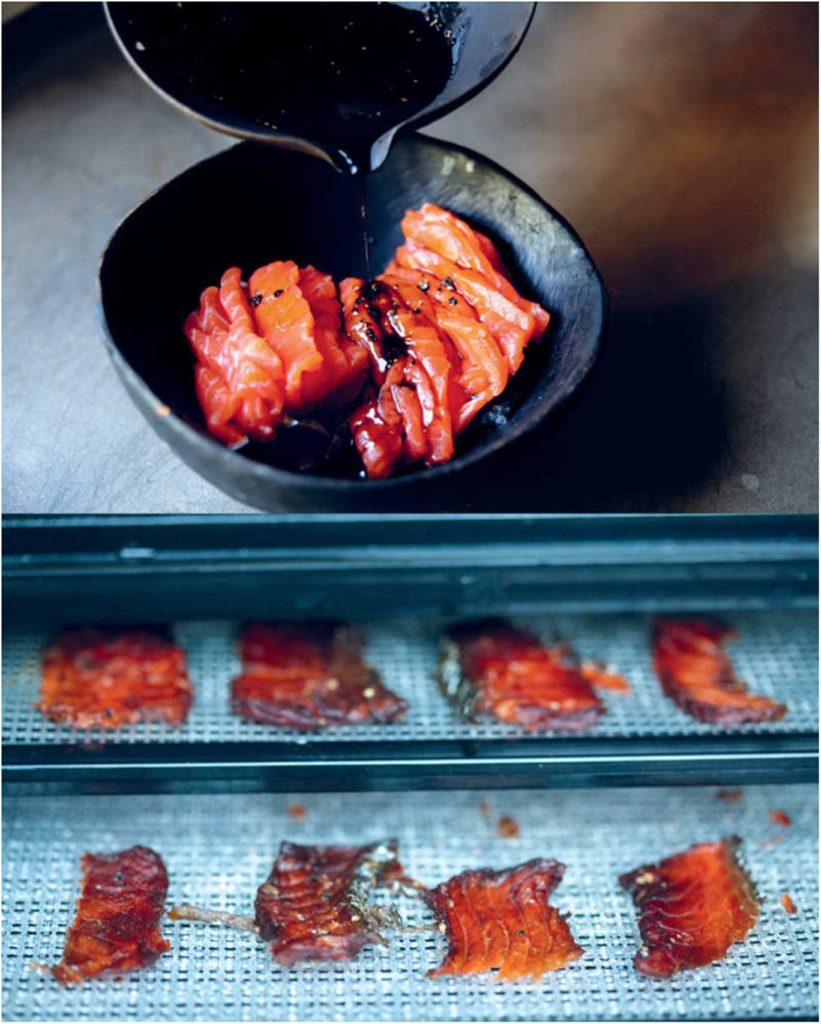 One 13-oz. trout fillet, skinned
One 13-oz. trout fillet, skinned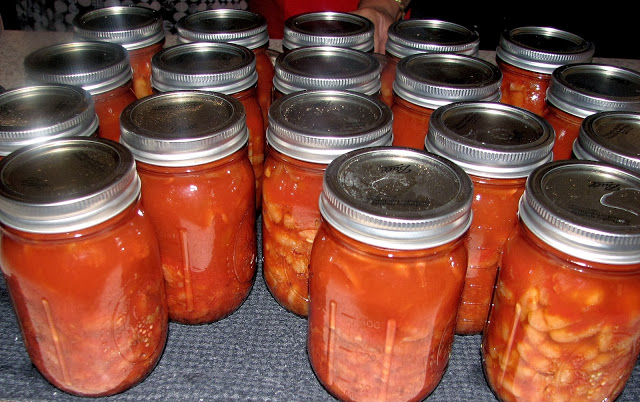
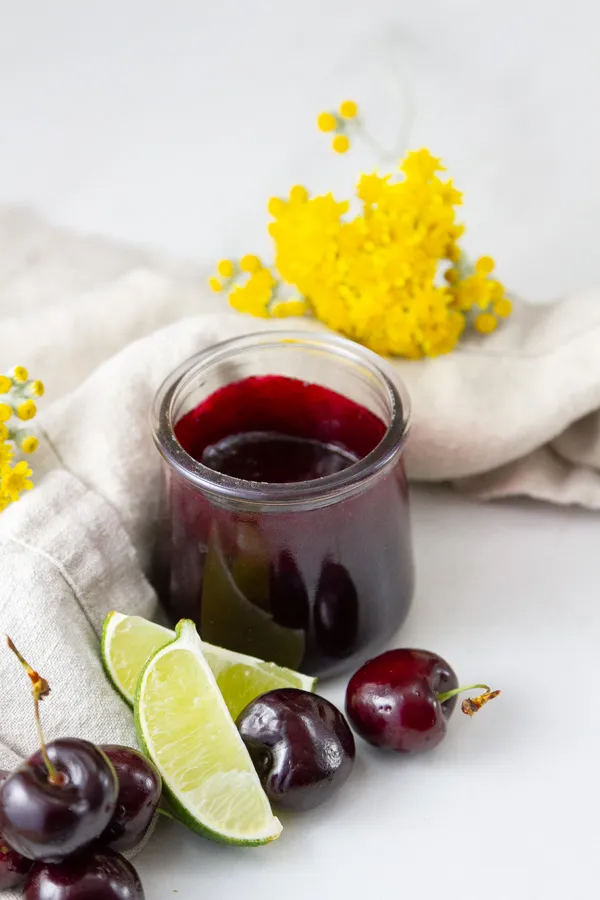 Cherry Limeade Jam
Cherry Limeade Jam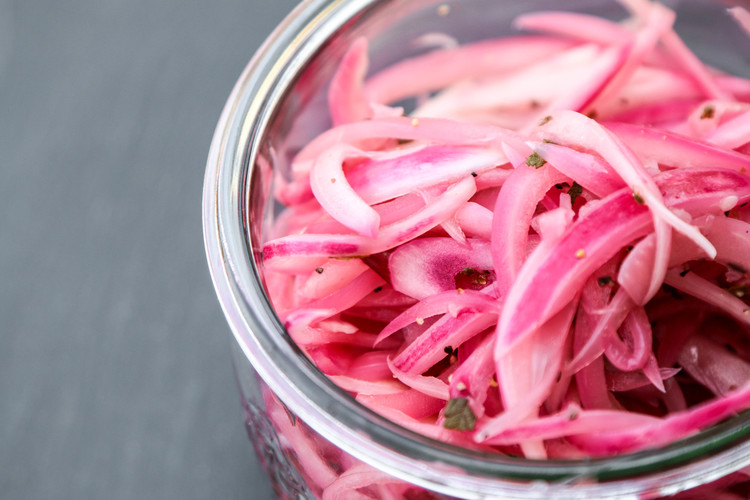
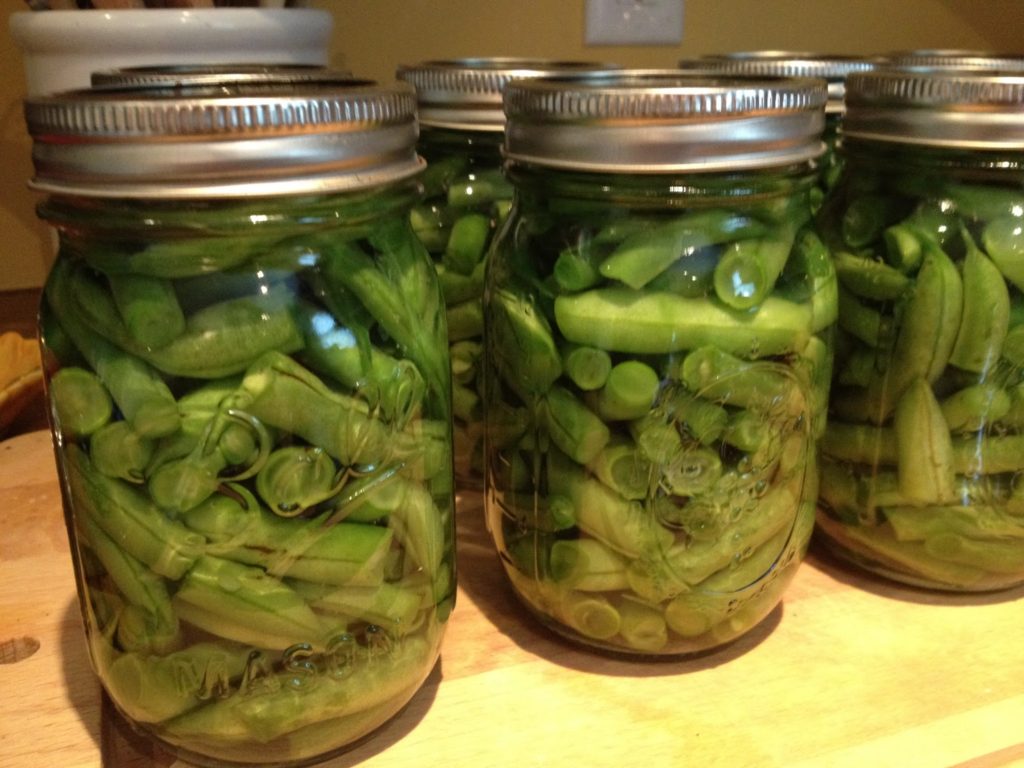
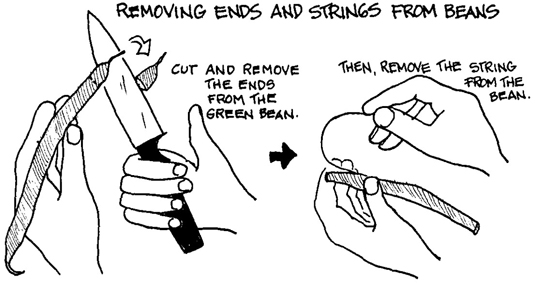

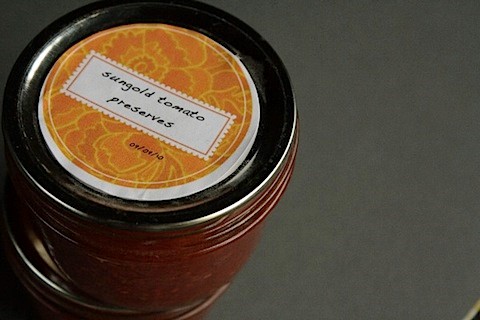
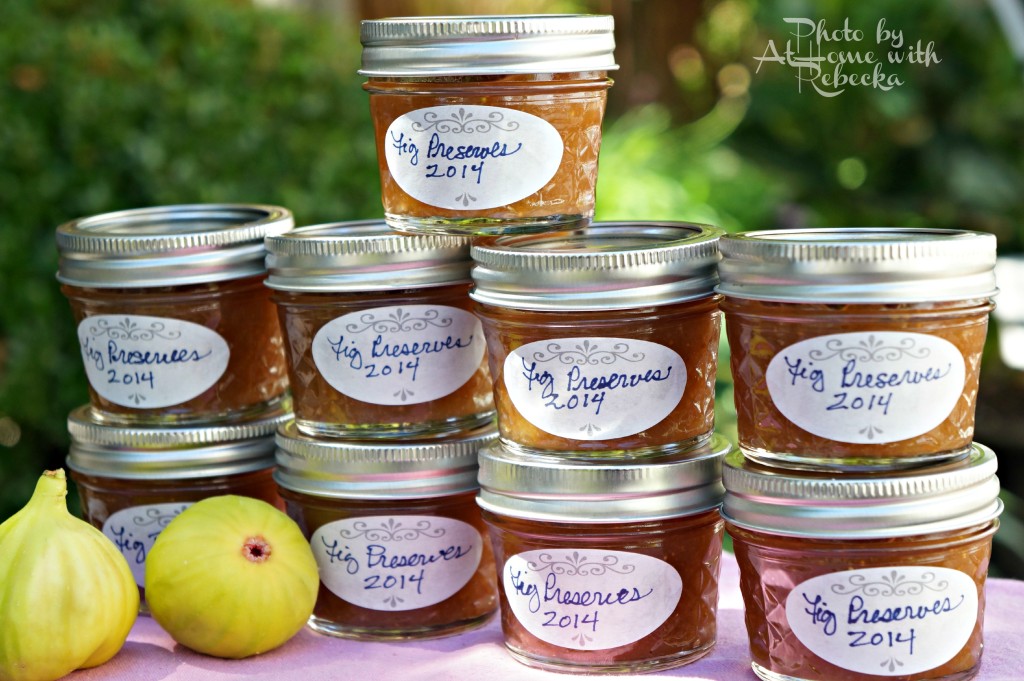
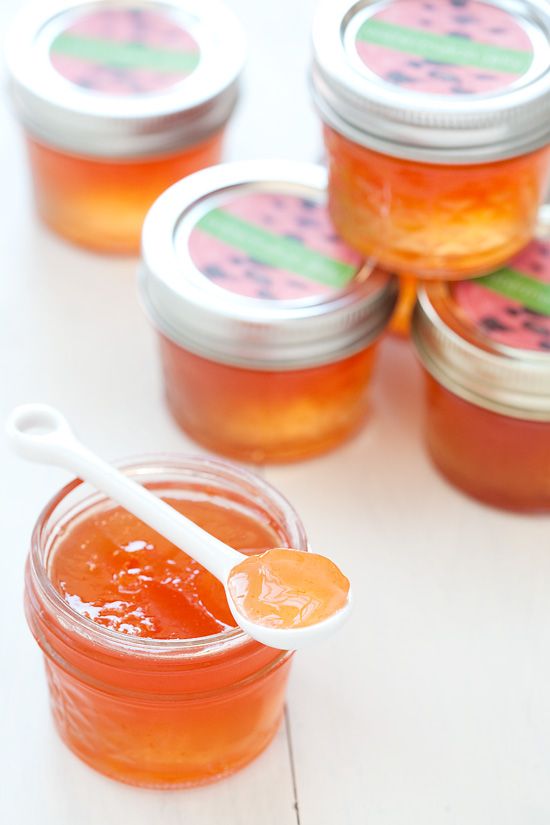
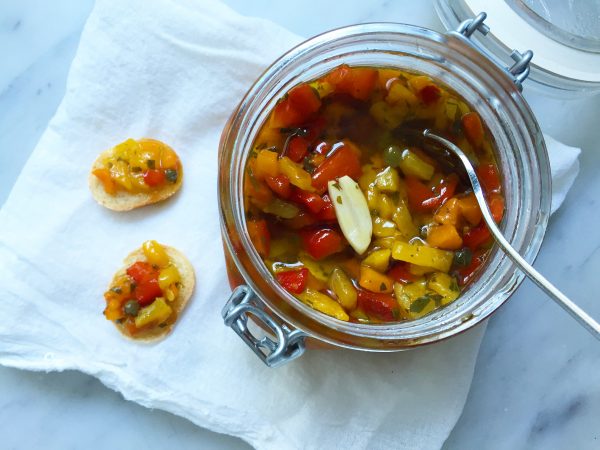
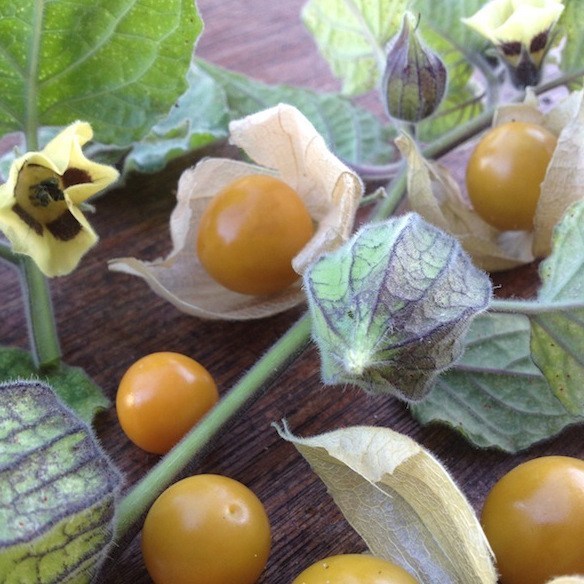 Cape Gooseberry-Rose Preserves
Cape Gooseberry-Rose Preserves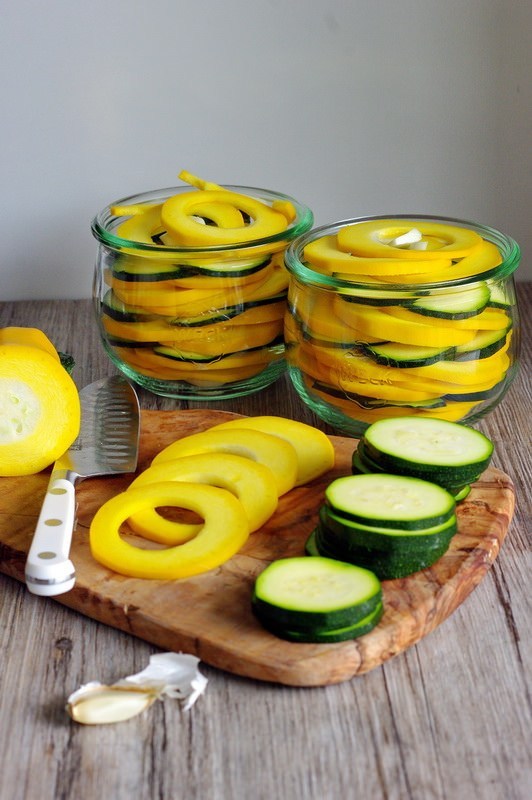 Sweet & Sour Layered Summer Squashes
Sweet & Sour Layered Summer Squashes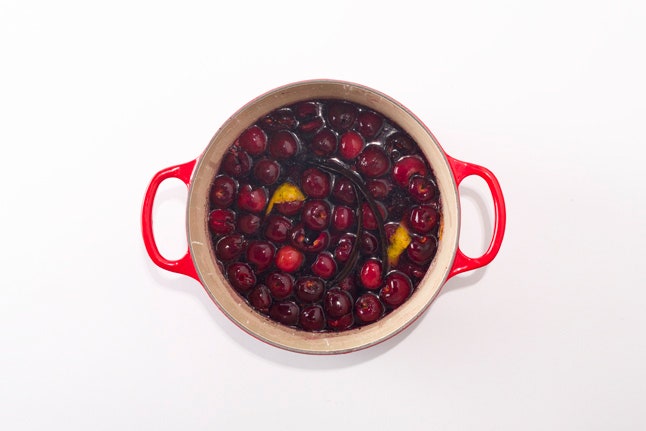 Cherries in Vanilla Syrup
Cherries in Vanilla Syrup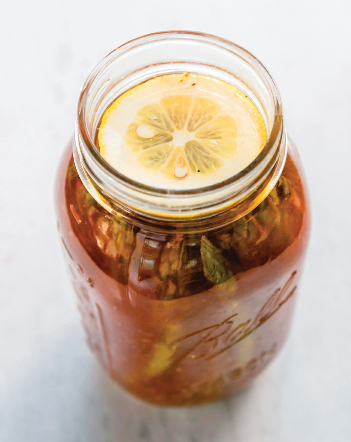 Bloody Mary Pickled Asparagus
Bloody Mary Pickled Asparagus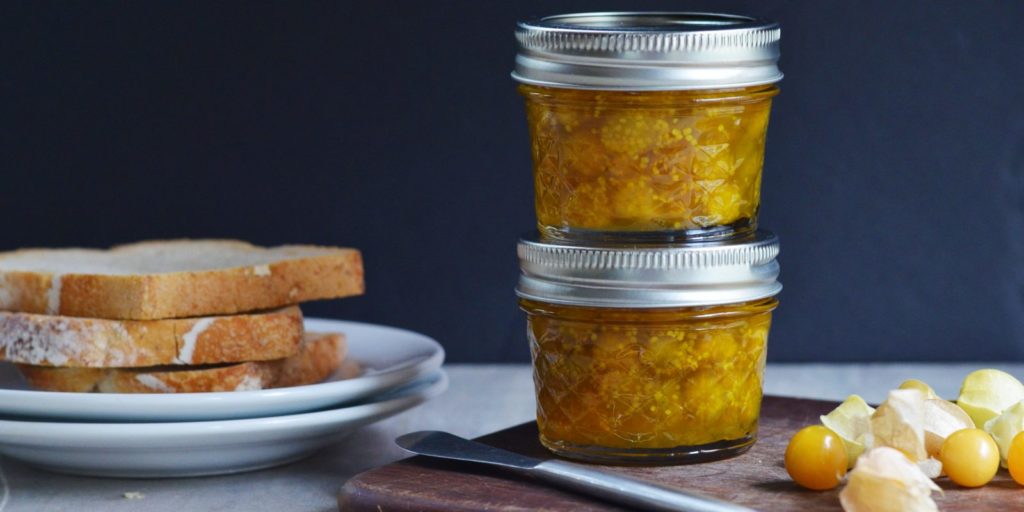 Easy Cape Gooseberries Preserves
Easy Cape Gooseberries Preserves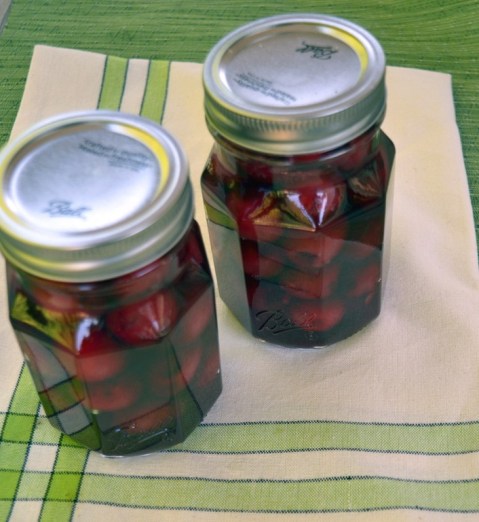 Sweet Cherries in Honey-Vanilla Syrup
Sweet Cherries in Honey-Vanilla Syrup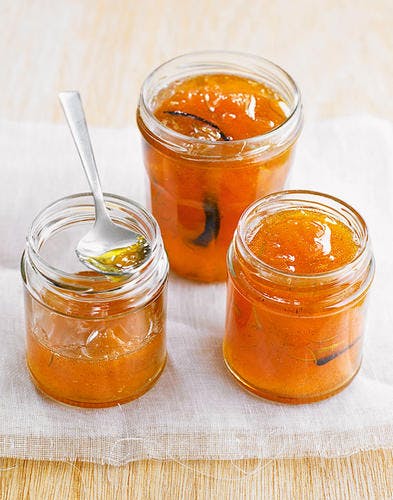 Melon Jam with Lime and Vanilla
Melon Jam with Lime and Vanilla Instant Pot Pickled Vegetables
Instant Pot Pickled Vegetables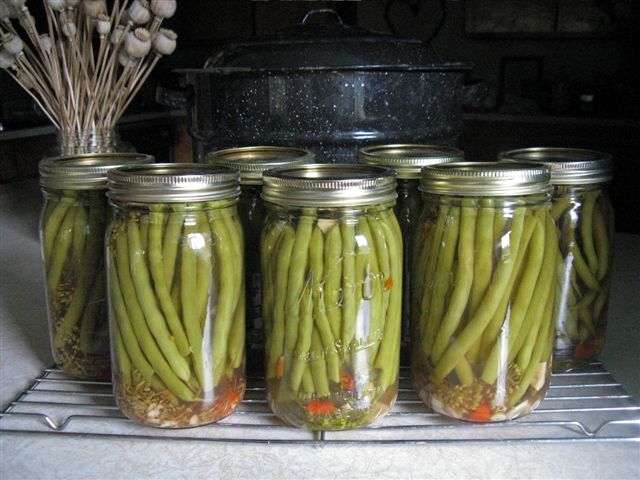
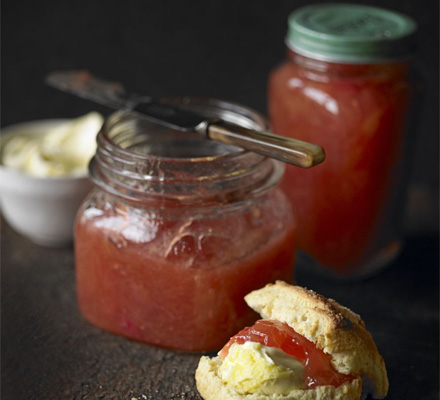

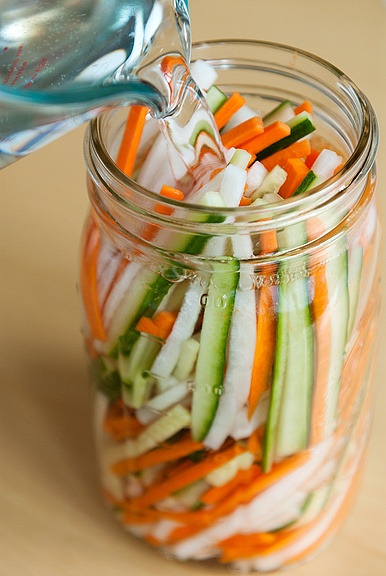
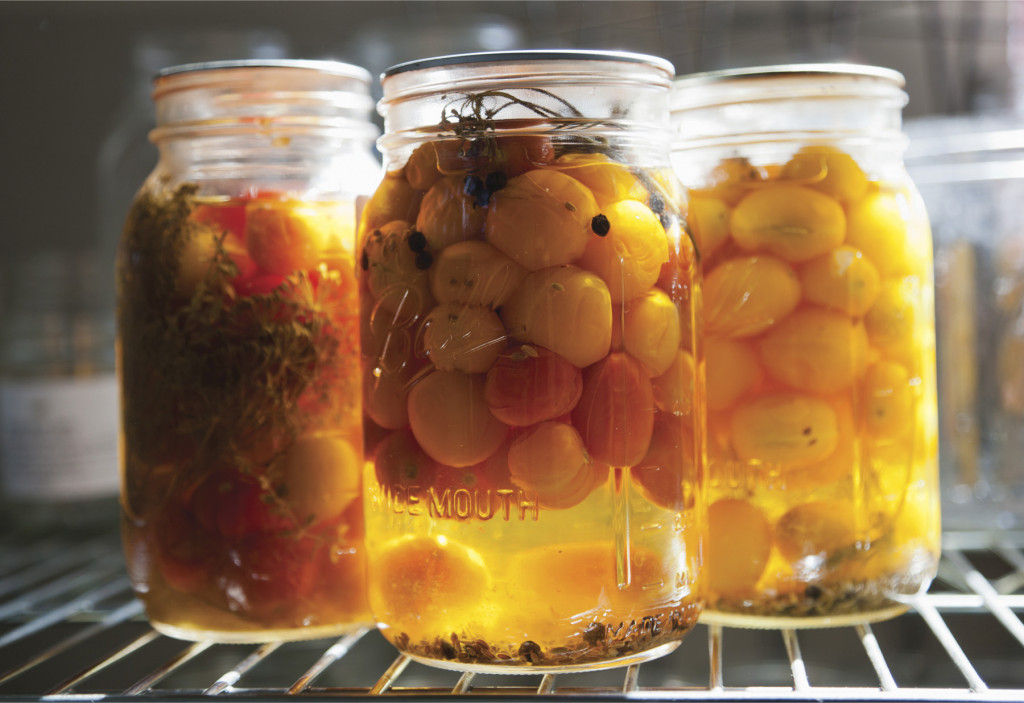
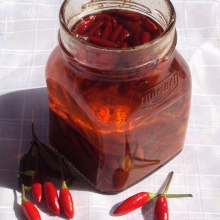
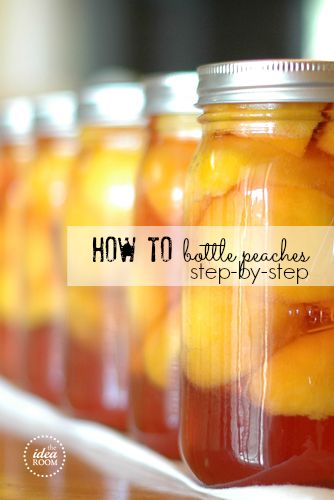
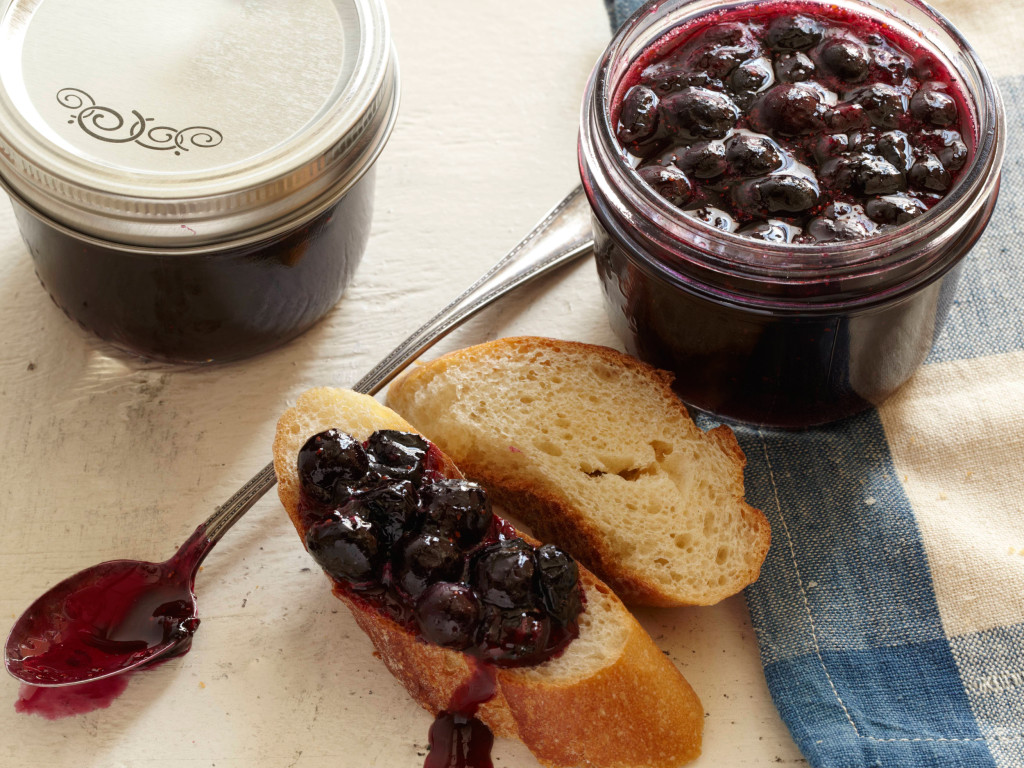
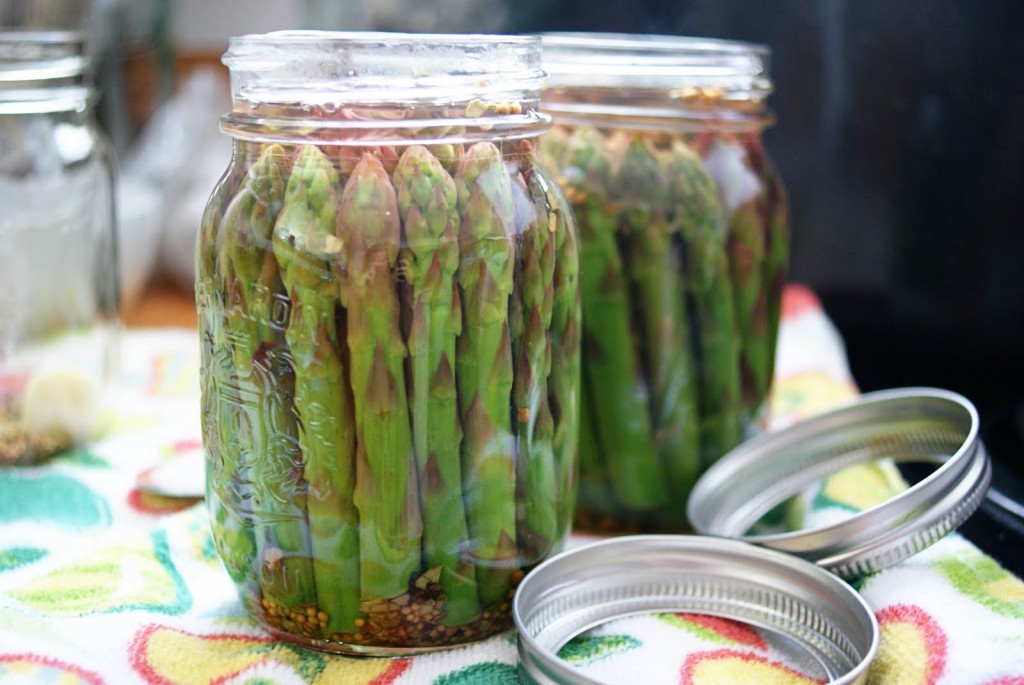
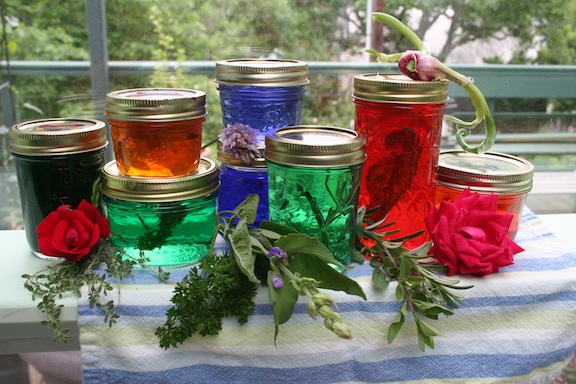

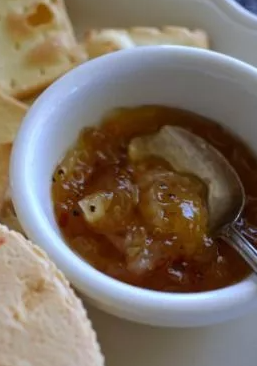
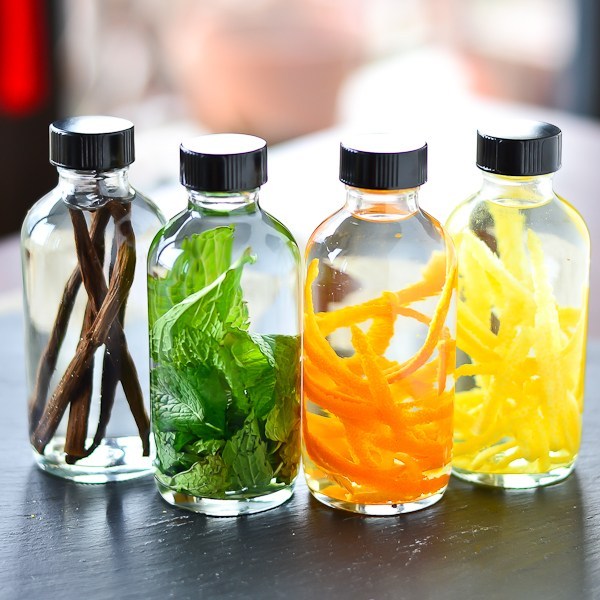
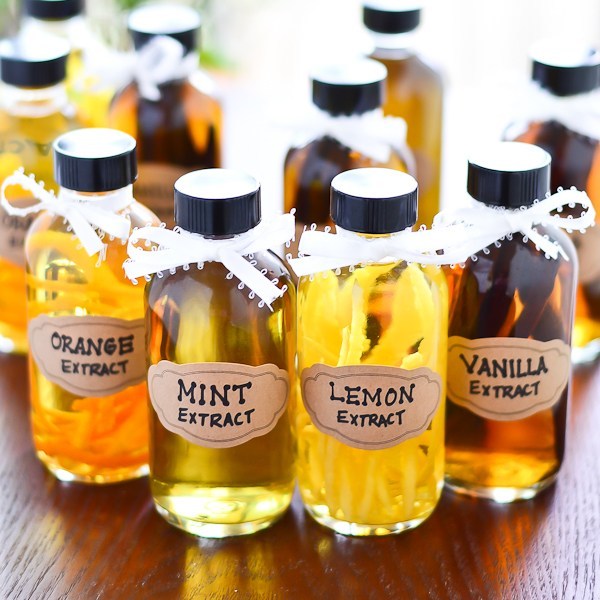
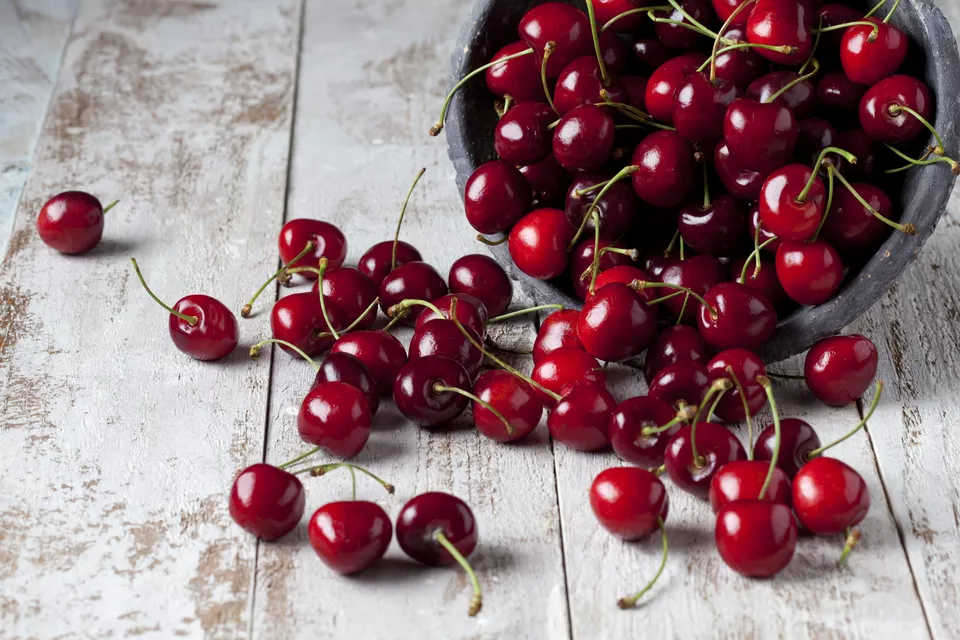
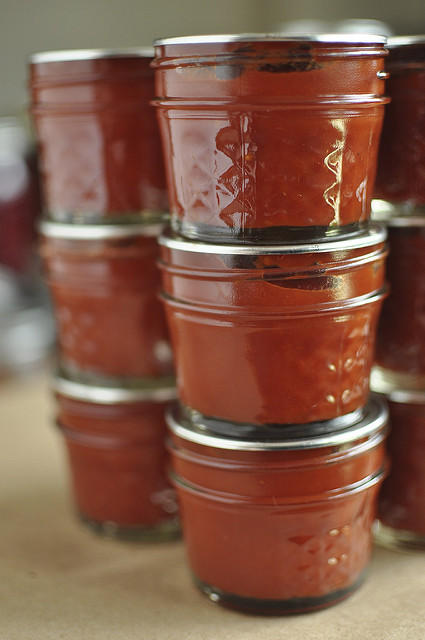 Canning Tomato Paste
Canning Tomato Paste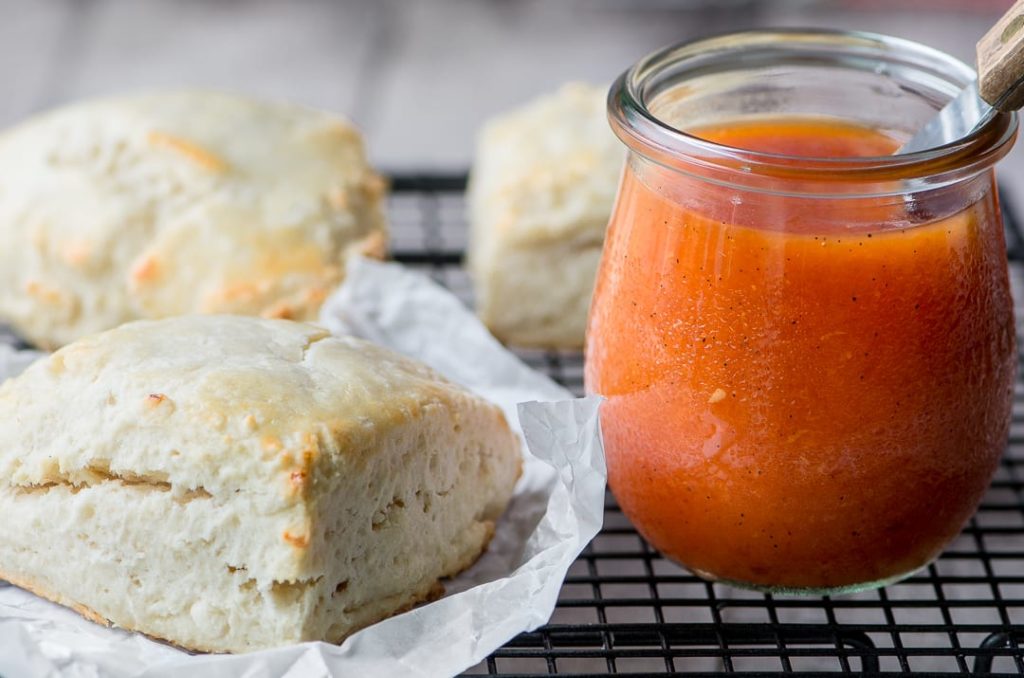
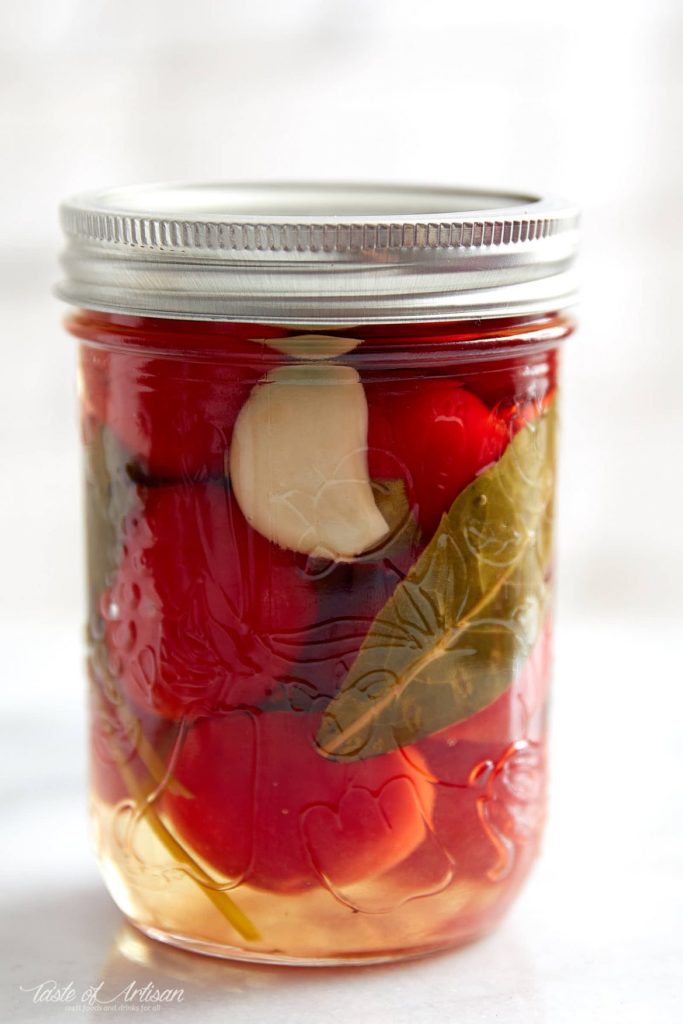
 Lemon Verbena Jelly Recipe
Lemon Verbena Jelly Recipe